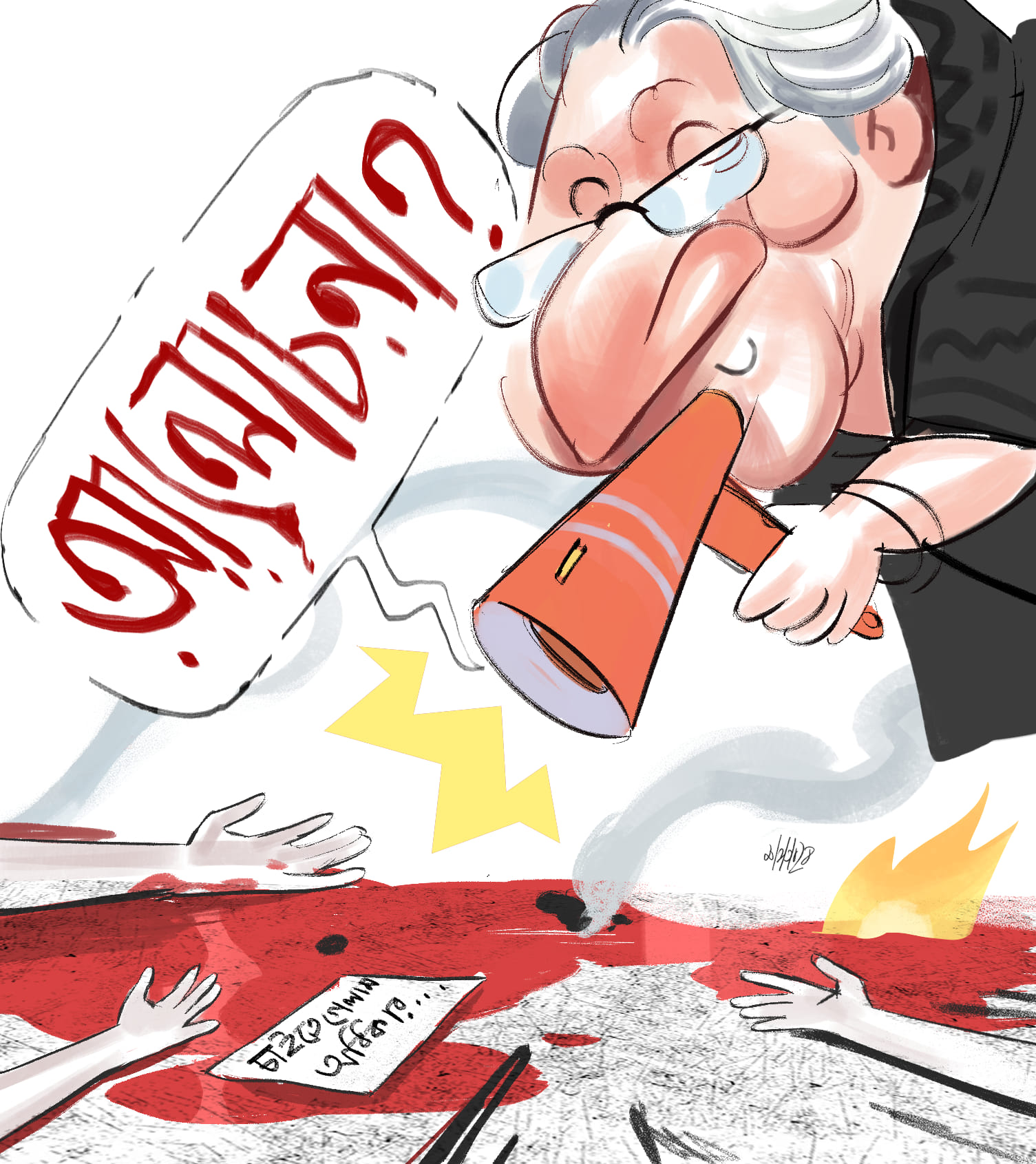Art has always been a mirror to society, reflecting its joys, sorrows, and struggles. Beyond reflection, art has served as a potent tool of resistance, a way for people to express dissent, challenge authority, and push for change. In the heart of Bangladesh, a powerful student movement recently achieved what many thought was impossible: the overthrow of a long-standing government. While the streets were filled with chants and protests, another, equally powerful form of resistance was unfolding—on the walls, in public spaces, and across social media. Graffiti, murals, and cartoons became the visual language of this revolution, capturing the spirit of defiance and unity that defined the movement.
As the student movement gained momentum, the streets of Dhaka and other cities in Bangladesh became canvases for expression. Graffiti and murals appeared almost overnight, transforming ordinary walls into powerful statements of resistance. These images were not just art—they were calls to action, visible to all who passed by. They documented the anger, hope, and determination of a generation that refused to be silenced. Murals depicting iconic figures of the movement, alongside symbolic imagery of struggle and sacrifice, began to cover the walls of universities, public squares, and even government buildings. The bold colors and striking designs drew attention, demanding that the public engage with the message. Graffiti slogans echoed the chants heard in protests, while larger murals told stories of the bravery and resilience of the students who led the charge. These visual protests were impossible to ignore, serving as a constant reminder of the movement’s presence and its demands.

Alongside the rise of graffiti and murals, cartoons played a crucial role in the movement. Political cartoons, shared widely on social media, used humor and satire to critique the government and its policies. In a country where freedom of expression has often been under threat, cartoons became a way to speak truth to power, delivering sharp critiques that resonated with the masses. Cartoonists captured the absurdity and injustice of the government’s actions, turning complex political situations into simple, impactful images that could be easily understood and shared. Their work spread rapidly on social media, where it reached a wide audience and helped to galvanize support for the movement. These cartoons were not just a form of entertainment; they were a form of resistance, using wit and creativity to undermine the authority of those in power.
What made the recent student movement in Bangladesh unique was the way these different forms of art—graffiti, murals, and cartoons—came together to create a cohesive narrative of resistance. Graffiti slogans reinforced the messages seen in cartoons, while murals provided a visual backdrop to the movement, grounding it in a specific time and place. This intersection of art forms also reflected the diversity of the movement itself. Students from different backgrounds and disciplines came together, each contributing their skills to the cause. Some took to the streets with spray cans and paintbrushes, while others wielded pens and keyboards. Together, they created a visual language that was as powerful as any political manifesto.
The impact of this artistic resistance cannot be overstated. The artworks created during the movement actively shaped the course of events. They inspired people to join the protests, helped to sustain the momentum of the movement, and kept the issues at the forefront of public consciousness. Even after the government was overthrown, the art remains, serving as a reminder of what had been achieved and what still needs to be done. The walls of Dhaka still bear the marks of the struggle, with faded graffiti and weathered murals telling the story of a people who refused to back down. Cartoons from the movement are now part of our cultural memory, archived in newspapers, online platforms, and in the minds of those who lived through it.
Art has always been an integral part of our culture, deeply embedded in the fabric of our society. It has been a medium through which the voiceless have found a voice, a way for the marginalized to express their discontent, and a means for the oppressed to resist. As Bangladesh moves forward, the legacy of this artistic resistance will continue to influence the country’s culture and politics. It was and shall always remain the voice of dissent for thousands of people.